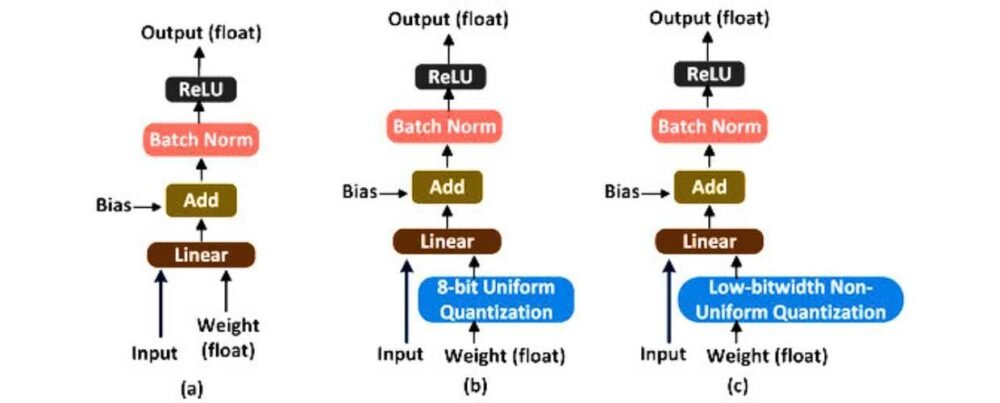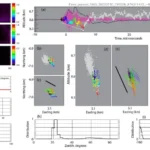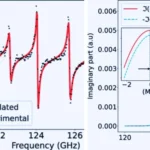Two researchers, Qian Huang and Zhimin Tang, from Southern Illinois University and Yulin Normal University, have proposed a high-performing and lightweight AI model for robot vacuum cleaners that utilizes low-bitwidth strong non-uniform quantization to achieve efficiency.
Vital Role of AI in Robot Vacuum Cleaners
Artificial intelligence (AI) stands as a pivotal force driving the capabilities of robot vacuum cleaners, empowering them to navigate indoor spaces while adeptly avoiding obstacles during cleaning routines. In a quest for optimal performance at a reasonable cost, manufacturers must balance computational efficiency and affordability. This pursuit fuels the need to create lightweight AI models that deliver impressive performance while staying within resource constraints.
Unleashing Non-Uniform Quantization
The conventional approach of uniform weight quantization, wherein equal quantization levels are assigned to all weights, irrespective of their distribution or significance, can result in sub-optimal quantization outcomes. The researchers recognize this limitation and introduce a novel technique called “low bitwidth strong non-uniform quantization.” This innovation substantially reduces the memory footprint of AI models while retaining high accuracy. The method aligns with the weight distribution of well-trained neural network models departing from the uniform quantization norm. By leveraging the intrinsic weight distribution characteristics, the researchers enhance the efficiency of neural network implementations, resulting in an AI model that excels in performance and memory utilization.
Image Size and Non-Uniform Quantization
Beyond non-uniform quantization, the researchers further optimize the efficiency of AI models by adapting the input image size. This strategic adjustment curtails the computational and memory demands placed on the AI model. The objective is to identify an optimal image size that complements robot vacuum cleaners’ resource limitations while preserving acceptable accuracy levels for the object classification task. The experimental results substantiate the prowess of the approach. Compared to existing AI models, the proposed AI model slashes memory usage by half, from 15.51 MB to 7.68 MB, while maintaining a steadfast accuracy of approximately 93%. Furthermore, the non-uniform quantization model significantly reduces memory usage by 20 times (from 15.51 MB to 0.78 MB), accompanied by a slight accuracy reduction of only 3.11% (while retaining a classification accuracy above 90%). As a result, the innovative AI model strikes an impeccable equilibrium between intricate model architecture, classification accuracy, and computational resource allocation—effectively serving the distinctive needs of resource-constrained robot vacuum cleaners.
The research serves as a beacon of innovation in AI-driven robot vacuum cleaners. By strategically incorporating non-uniform quantization and optimizing image size, the researchers have unlocked a paradigm that enhances efficiency without compromising accuracy. The synthesis of high-performance AI models capable of delivering excellence in navigation and cleaning operations within the tight confines of computational resources paints a compelling trajectory for the future of smart home cleaning solutions.










